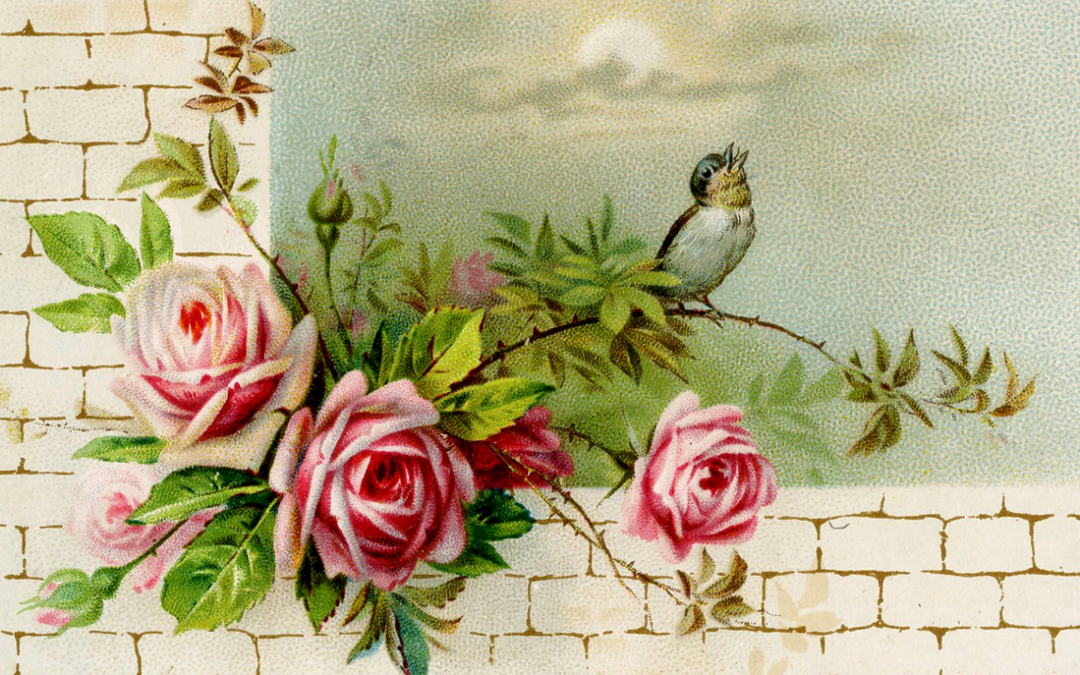Folded within the heart of Lent each year are flickers of joy, harbingers of light that reflect not only past events but future victories for those who have the eyes to see. Most prominent is the break from penitential purple on the fourth Sunday—called Laetare Sunday, reminding us of the joy at the foundation of our faith—but there are other elements as well. We are offered the Feast of Saint Joseph, Patron of the Universal Church as well as the incomparable Feast of the Annunciation, when Our Lady was invited to bear God in the flesh in her very womb.
We rejoice that Saint Luke brings us reverently near to this sacred mystery, most likely from privileged conversations with the Blessed Mother, and has provided the Scriptural foundations for understanding God and creation on myriad levels. We can find through meditation, among so many other worthy things, an understanding of human freedom, a healthy anthropology, the divine economy, and elements of a fruitful prayer life. So much of the Church’s trajectory since that moment has drawn from this singular encounter, and here we can ponder one ancient celebration that still reverberates today.
Since the Middle Ages, the Church, in seeking concrete ways to honour the stupendous moment of the Incarnation, established that a Sunday close to the Annunciation would be called Mothering Sunday. The beauty in this concept is that not only was it to commemorate that our gift of salvation was made possible by the conception and birth of a child—both ordinary and extraordinary as every mother knows—but to teach us that the Virgin Mary was not only the mother of Our Lord (and subsequently our mother as well) but an icon of the Church that would embrace all who sought to love and serve her Son.
To that end, the celebration encouraged all Christians to return to the church where they had been baptized, which allowed honour to be shown to the Sacrament as well as creating the opportunity for a reunion of sorts within families who may have suffered separation for one reason or another. Thus the layered reality of human mother, spiritual mother, and Sacramental Mother are woven together to remind us that grace builds on nature. As the Catechism teaches: “The Church’s first purpose is to be the sacrament of the inner union of men with God. Because men’s communion with one another is rooted in that union with God, the Church is also the sacrament of the unity of the human race. In her, this unity is already begun, since she gathers men ‘from every nation, from all tribes and peoples and tongues;’ at the same time, the Church is the ‘sign and instrument’ of the full realization of the unity yet to come” (775).
Another thing that every mother knows is that the joy of bearing children is laced with pain and suffering: physical, relational, and spiritual. Such is life in a fallen world, and grafting baptism into the celebration of motherhood should remind us that the Sacrament of Baptism—although marked by white garments and festive meals—is oriented to the very Passion of Christ. In the words of Saint Paul, “Do you not know that all of us who have been baptized into Christ Jesus were baptized into his death? We were buried therefore with him by baptism into death, so that as Christ was raised from the dead by the glory of the Father, we too might walk in newness of life” (Rom 6:3-4; cf. Col 2:12).
This mysterious reality is what gives meaning to suffering, which can be a tremendous channel of grace to those who willingly keep company with Our Lady at the foot of the Cross. It also elevates motherhood into a supernatural reality commensurate with how fatherhood is meant to echo the Fatherhood of God. Together, these inalienable truths undergird all of creation, and while being disputed at every turn must be defended at all costs. We didn’t create ourselves, we didn’t save ourselves, and we cannot reinvent ourselves. Sexual complementarity is at the core of who we are, and only in embracing it—with all its beauty and challenges—will we find peace in this life and joy hereafter.
Of course, as Christendom lost its life-giving hold on the Church, this holy day (like so many others) devolved into a one-dimensional tradition called Mothers Day, but there’s nothing stopping us from celebrating our baptism, visiting those places that were instrumental in our spiritual journey, and thanking God and his mother for bringing us into the family. No doubt there are others as well, kind souls instrumental to our progress in holiness—many long dead, some with whom, sadly, we have lost touch, not to mention those who prayed and sacrificed on our behalf without our even realising it. Perhaps we can even muster gratitude for the trials which had their own hand in forming us. Despite the difficulties natural to this earthly pilgrimage, we must suffer sweetly the thorns we encounter along the way—and remember it was Christ’s own crown from which they fell. Sharing in our sliver of the Passion is a privilege, an essential element in this “sacrament of unity,” the Church we embrace as waystation and eternal home.

Recent Comments